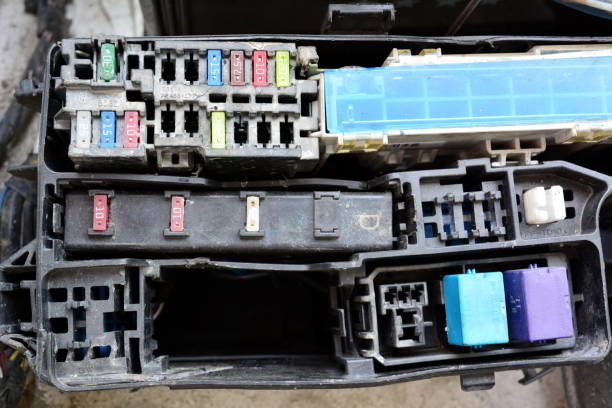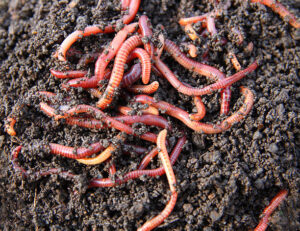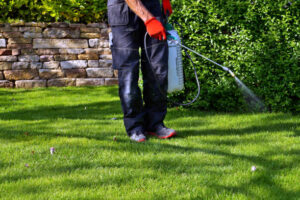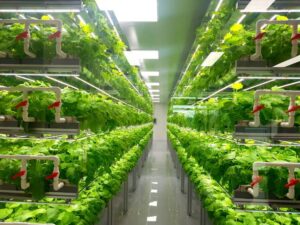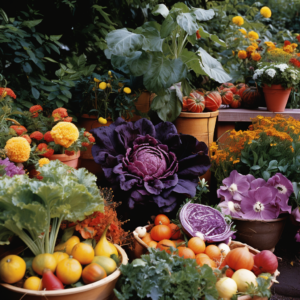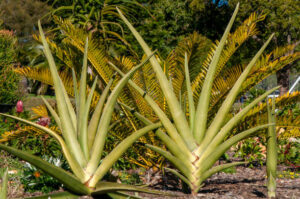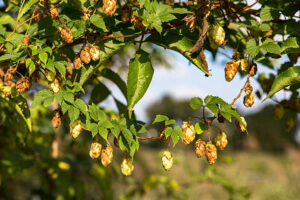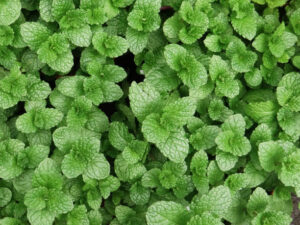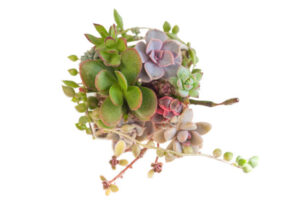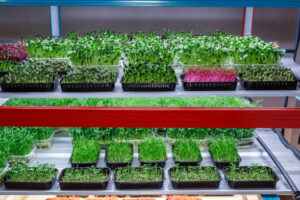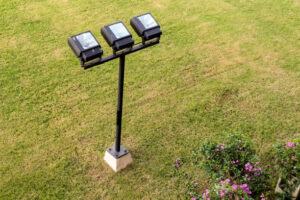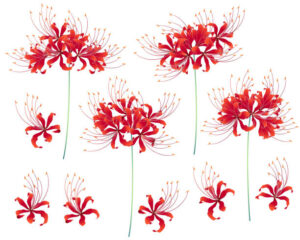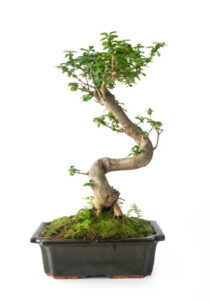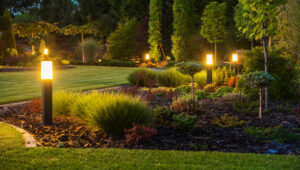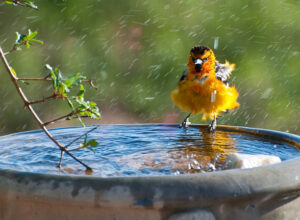HID Ballast Buyer's Guide: Selecting the Right Ballast
Introduction
In the realm of indoor gardening and horticulture, High-Intensity Discharge (HID) lighting systems play a pivotal role in providing the necessary light spectrum for plant growth. Central to the functionality of HID lighting setups is the ballast, a critical component responsible for regulating the electrical current to the lamp.
Choosing the right HID ballast is essential for optimizing light output, energy efficiency, and overall performance of your indoor garden. With a plethora of options available in the market, navigating the landscape of HID ballasts can be overwhelming. Fear not, for this comprehensive buyer’s guide is here to assist you in selecting the perfect ballast for your specific needs. Join us as we explore the essential factors to consider when choosing an HID ballast, empowering you to make an informed decision and cultivate thriving indoor gardens.
First and foremost, understanding the basics of HID (High-Intensity Discharge) lighting is crucial. HID lights are a popular choice for indoor gardening due to their intense light output, which is ideal for promoting robust plant growth. HID systems typically consist of a bulb, reflector, and ballast. The ballast regulates the electrical current to the bulb, ensuring it operates safely and efficiently. There are two main types of HID bulbs: Metal Halide (MH) and High-Pressure Sodium (HPS). MH bulbs emit a blue-white light suitable for vegetative growth, while HPS bulbs produce a red-orange light ideal for flowering and fruiting stages.
When selecting an HID ballast, one of the primary considerations is whether to choose a magnetic or digital (electronic) ballast. Magnetic ballasts are the older technology and are generally less expensive. They are durable and reliable but tend to be bulkier, noisier, and less energy-efficient compared to their digital counterparts. On the other hand, digital ballasts are more modern and offer several advantages, including higher energy efficiency, quieter operation, and lighter weight. They also often feature dimming capabilities and compatibility with both MH and HPS bulbs, providing greater flexibility for your indoor garden.
Energy efficiency is a critical factor when choosing an HID ballast. Digital ballasts typically use less electricity and generate less heat than magnetic ballasts, translating to lower energy bills and a cooler growing environment. Additionally, many digital ballasts have built-in features such as soft start technology, which gradually ramps up the power to the bulb, extending its lifespan and reducing the risk of damage.
Another essential factor to consider is the wattage compatibility of the ballast. HID ballasts are available in various wattages, such as 250W, 400W, 600W, and 1000W, corresponding to different bulb wattages. Ensure that the ballast you select matches the wattage of your HID bulbs to avoid compatibility issues and ensure optimal performance. Some digital ballasts are adjustable, allowing you to switch between different wattages, providing versatility as your lighting needs change.
The quality and reliability of the ballast are also paramount. Investing in a reputable brand with positive reviews can save you from potential headaches down the line. Look for ballasts with safety certifications and robust warranties, as these indicate a commitment to quality and customer satisfaction. Additionally, consider the build quality and materials used in the ballast’s construction to ensure it can withstand the demands of continuous operation.
Compatibility with timers and other automation devices is another consideration. Many indoor gardeners use timers to regulate their lighting schedules automatically, ensuring their plants receive consistent light cycles. Ensure that your chosen ballast is compatible with such devices to integrate seamlessly into your automated garden setup.
Heat management is a crucial aspect of HID lighting systems. Ballasts, especially magnetic ones, can generate significant heat, which can affect your growing environment and potentially harm your plants. Digital ballasts typically run cooler, but it’s still essential to ensure proper ventilation and cooling in your grow area to maintain optimal conditions.
Finally, budget is an important factor. While digital ballasts are generally more expensive upfront, their energy efficiency, longer lifespan, and additional features can provide cost savings over time. Consider your long-term needs and the overall value offered by the ballast rather than just the initial purchase price.
In conclusion, selecting the right HID ballast is a vital step in optimizing the performance of your indoor garden. By considering factors such as ballast type, energy efficiency, wattage compatibility, quality, reliability, and budget, you can make an informed decision that will support the health and productivity of your plants. Whether you opt for a magnetic or digital ballast, ensuring it meets your specific needs will help you cultivate a thriving indoor garden and enjoy the fruits of your labor.
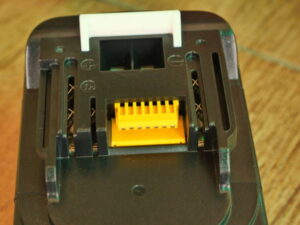
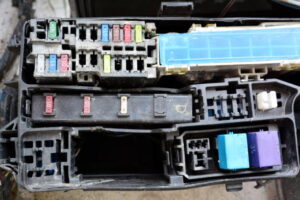
Factors to Consider
Type of Lamp: The first consideration when selecting an HID ballast is the type of lamp you intend to use. HID lamps come in various types, including Metal Halide (MH) and High-Pressure Sodium (HPS). Each lamp type requires a specific ballast designed to match its wattage and operating characteristics. Ensure compatibility between the ballast and lamp to achieve optimal performance and longevity.
Wattage and Voltage: HID ballasts are available in different wattages and voltage ratings to accommodate various lamp sizes and power requirements. Determine the wattage and voltage of your HID lamp and select a ballast that matches these specifications. Choosing the correct wattage and voltage ensures proper operation and prevents damage to the lamp and ballast.
Single vs. Multi-Tap Ballasts: Consider whether you require a single-tap or multi-tap ballast for your indoor garden. Single-tap ballasts are designed to operate with a specific input voltage, while multi-tap ballasts offer versatility by allowing connection to multiple input voltages. Multi-tap ballasts are ideal for growers who may need to adapt to different electrical configurations or voltage requirements.
Dimmability: Some HID ballasts offer dimming capabilities, allowing you to adjust the light output to suit the needs of your plants at different stages of growth. Dimmable ballasts provide greater flexibility and control over lighting intensity, enabling you to optimize energy usage and create ideal growing conditions for your crops.
Efficiency and Energy Savings: Look for HID ballasts that are energy-efficient and compliant with industry standards for power consumption. High-efficiency ballasts can help reduce energy costs and minimize environmental impact while delivering consistent performance and reliable operation.
Quality and Reliability: Prioritize quality and reliability when selecting an HID ballast for your indoor garden. Choose ballasts from reputable manufacturers known for producing durable and long-lasting products. Read reviews and testimonials from other growers to gauge the performance and reliability of different ballast models.
Conclusion
Selecting the right HID ballast is a critical decision that can significantly impact the success and performance of your indoor garden. By considering factors such as lamp type, wattage, voltage, single vs. multi-tap, dimmability, efficiency, and reliability, you can choose a ballast that meets the unique requirements of your setup. Whether you’re a novice grower or experienced cultivator, investing in a high-quality HID ballast is essential for maximizing light output, energy efficiency, and overall crop yield. With the knowledge and insights gained from this buyer’s guide, you can confidently select the perfect HID ballast and embark on a journey to cultivate thriving indoor gardens.

